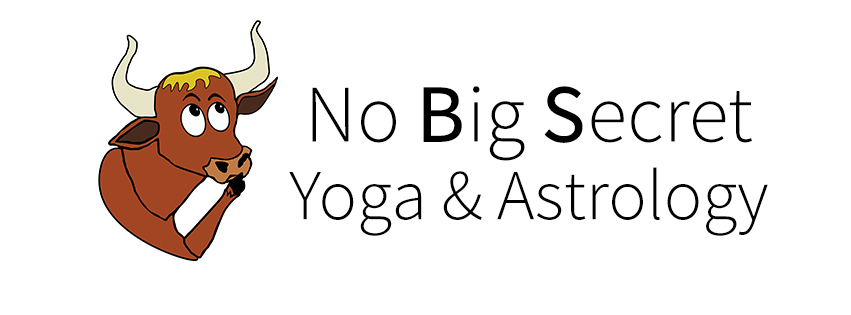Happiness and the Persuit of Novelty
How much of our lives have we spent on the pursuit of happiness? The founding fathers of the United States enshrined it in the Declaration of Independence. It's one of the most quoted line from the Declaration, other than "We the people." Countless books have been written on how to be happy. I don't even know how many times in this blog I have mentioned the word happiness. Count it if you feel like it, it will up my page views.
Happiness is as personal an experience as depression. It's one of those feelings that is hard to put into works and comes in many forms: euphoria, excitement, elation, relief and so on. My journey on the Yogic path has been about the relief of negative feelings and not the pursuit of positive ones. When I started to feel the bliss accompanies meditation, I didn't know what to do with it because I did not know what I was looking for. When you are feeling depressed or anxious, it's hard to know what the opposite feeling is like.
Have you noticed how we are programmed to pursue novelty? Every year it seems like there is something bigger, better or faster than the previous year. So now that the new thing is here, the old thing sucks. There is a scientific explanation this: novelty is a direct result of our brains limbic reward system. I love the satire in South Park. Watch the episode "Freemium isn't free". In this episode, Stan gets hooked on fermium games released by the Canadian Ministry of Gaming. It turns out that the Canadian Devil has rigged the game so that its novelty never runs out, and people feel compelled to pay to get more access in the game.
Joking aside, this episode does a great job of explaining novelty and how it works. The brains reward system is rewired for short term pleasure and thus never finds fulfillment in ordinary life. Yoga does something to the brain that restores the natural balance of the brain to allow it pleasurable experiences without the need for instant gratification. In essence, life itself is gratifying enough as it is. Have you ever been told to have an "attitude of gratitude"? This is also used as a meditative technique and has the effect of eliminating a sense of lack from out lives.
Now, does this come at the expense of personal improvement? Realistically, an argument can be made that lack of satisfaction can lead to self improvement. I mean, why would anyone want to do Yoga in the first place if they did not get any benefit our of it? I would say, if the effort in novelty pushes you to a self satisfactory goal, then it has served it's purpose well. If we are never satisfied and keep pushing from goal to goal without enjoying the rewards, what have we done with our lives?
